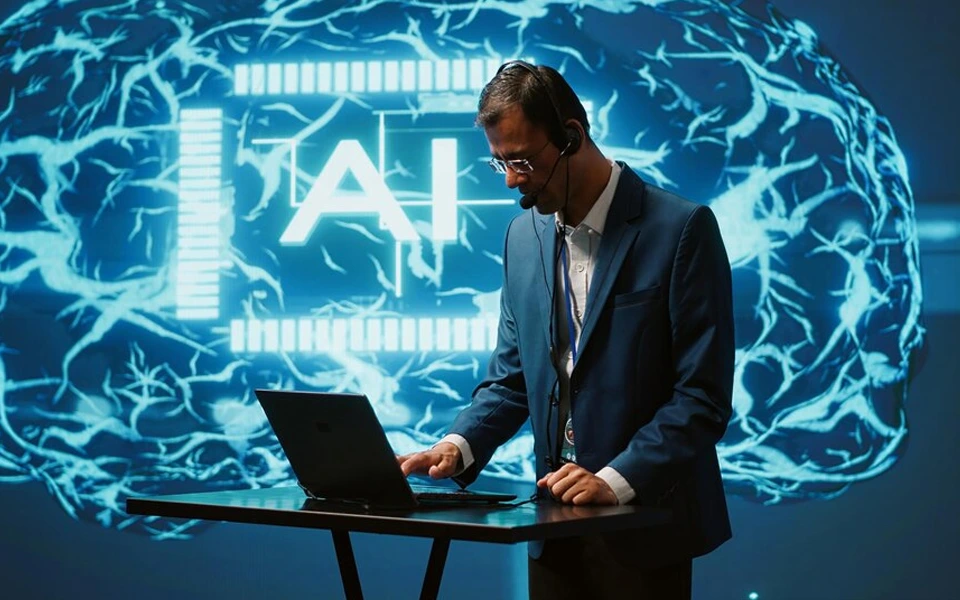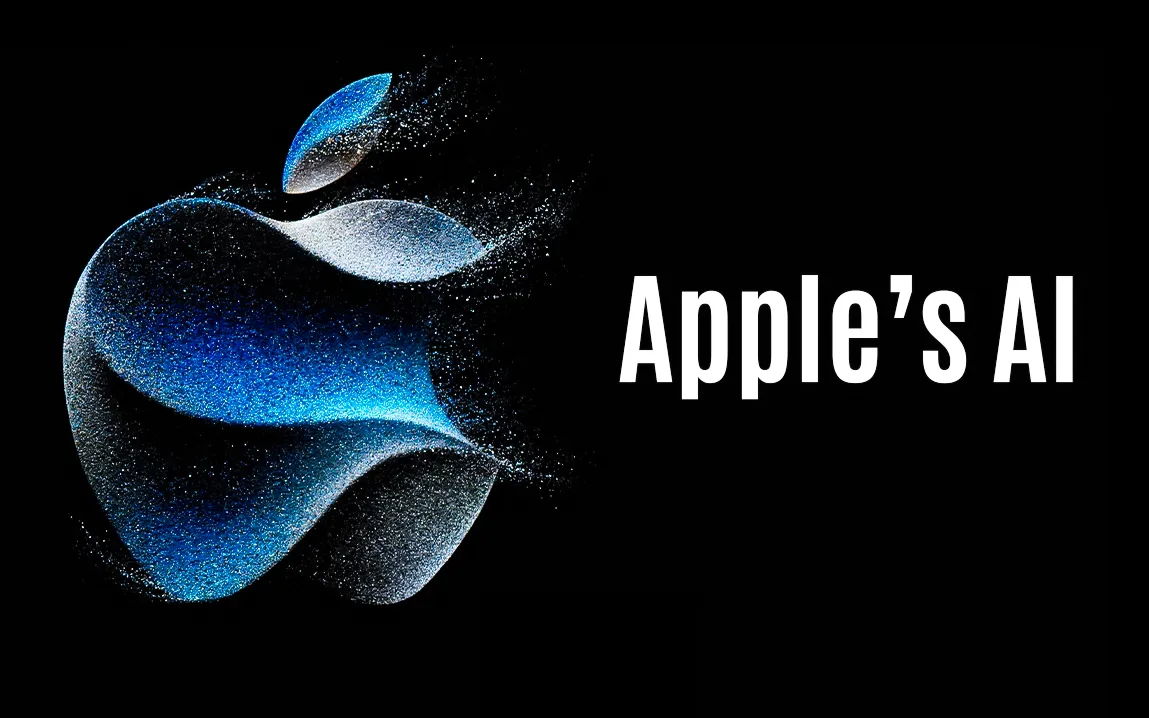With the rapid progress in AI also come some downsides; it exposes vulnerabilities that malicious actors will exploit. Among the most serious current threats to AI systems, “data poisoning,” involves the use of adversaries to inject malicious data into the training sets of AI models. This compromises the integrity of the AI by often creating back doors for further manipulation.
What is Data Poisoning?
Data poisoning involves active attackers intentionally corrupting the AI model’s training data to introduce hidden vulnerabilities in the models. The poisoned input is intended to subtly but harmfully skew the model’s behavior in order to create openings for adversaries later to manipulate the system through variance in wrong predictions or any hidden trigger that an attacker can use later.
There are several types of data poisoning attacks; among them are:
Availability attacks those trying to reduce the overall performance of an AI system by polluting all or most of its data.
Targeted attacks only specific subsets of data would be affected, which may be hard to detect yet still able to do damage.
Subpopulation attacks are designed to target specific subpopulations of data, such as people with similar features, without necessarily touching the rest of the system.
Backdoor attacks, where models are modified to show normal behavior until some particular trigger is shown and malfunction.
The Larger Vulnerabilities
Such attacks carry heavy risks across industries. In domains that are critical, such as healthcare, finance, autonomous vehicles, and military uses, losses brought about by compromised AI models may amount to disastrous consequences. Manipulation of AI in these domains may lead to hazardous decisions in medical diagnosis, financial fraud, crashes in autonomous vehicles, and breaches in national security.
Classic examples are the healthcare systems. The model used for the classification of diseases, if poisoned in training, could misdiagnose diseases. Similarly, the poisoned AI models may make incorrect predictions related to market trends in financial industries and result in huge financial losses.
How Data Poisoning Takes Place
The ways in which attackers poison AI systems are as varied as the technology itself is rapidly evolving. In the **black-box attack**, the adversary has very limited knowledge of the model’s internals but can manipulate it nonetheless. In contrast, **white-box attacks** allow the attacker to have full access to the system architecture and the data used; these are far more effective and hard to detect.
It also shows that attackers can stage these attacks with minimal resources. According to a report published by IEEE, poisoning even a small portion of a large dataset (0.01%) could cost as little as $60. This therefore lowers the barrier of entry and increases the frequency and variety of the attacks.
Real-World Examples
A very nice example is the anti-spam filter developed by Google. The attackers managed to poison its training data in such a way that the system made incorrect classification of spam emails. Such spam emails could easily pass through filters and land in the users’ inboxes. These attacks create not only immediate harm but could undermine trust in AI systems for a longer time.
Another example concerns self-driving cars, where researchers caused AI systems to misclassify the signs through mere manipulation of street signs in the data used to train those systems, leading to unsafe driving situations.
Prevention and Defense
Prevention of such poisoning, considering the complexity and stakes involved, is quite difficult but vital. Agencies and organizations should, therefore, actively take steps to protect their datasets using various techniques that include:
Dataset Verification Tools: These tools can detect anomalies in data before they become used in the training of the models. Statistical Models: The statistical models will continuously monitor AI model performance for any deviation in normal functioning. Zero Trust Architecture: In Zero Trust Architecture, data from no single source is implicitly trusted.
Besides, retraining models from scratch once poisoned data have been found is a very expensive and time-consuming activity. Prevention definitely is much cheaper than correction. The retraining cost of models such as GPT-3 goes up to more than $17 million, underscoring financial burdens when dealing with this after the fact.
Future Implications
While AI is finding its way into every aspect of life, its training data have to be secured at all costs. It’s on governments and corporations to take the lead in setting up regulatory mechanisms for security standards for training datasets in AI. Otherwise, the attacks will come more frequently and with greater sophistication, posing a significant threat to not just critical infrastructure but even to public safety.
The need for secure AI is getting desperate, and industry experts call for comprehensive legislation regarding the same. Organizations also have to invest in strong AI verification processes and data sanitization techniques that can mitigate risks due to data poisoning.
In a nutshell, data poisoning insinuates a silent yet serious threat to AI systems-from an aspect of national security rights to public safety. Coupled with proactive measures, regulatory frameworks become vital in preventing such attacks from exploiting the AI systems that we depend on day-to-day.



